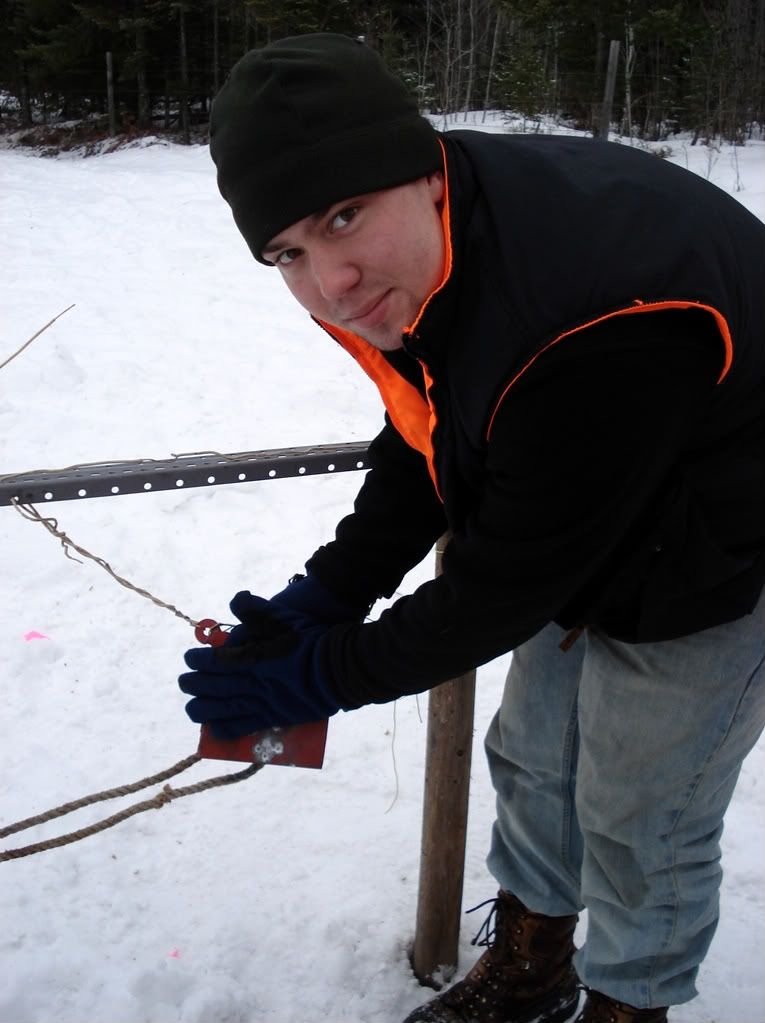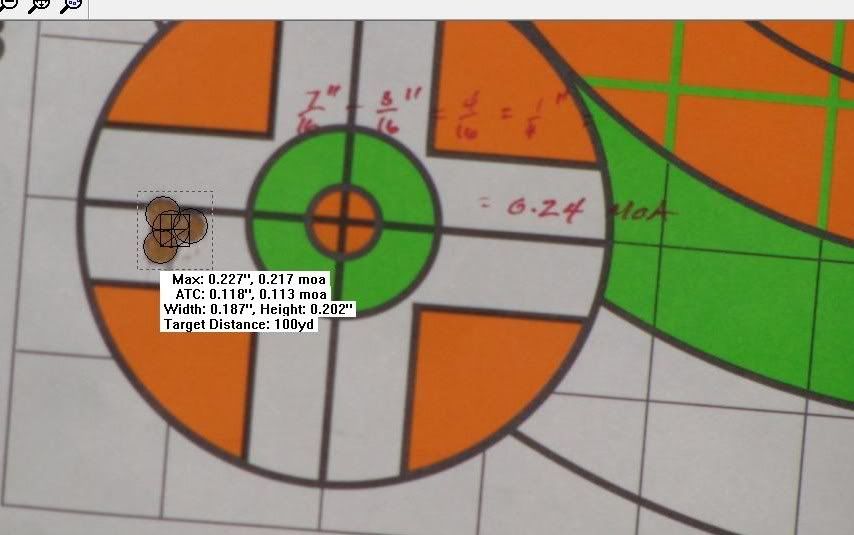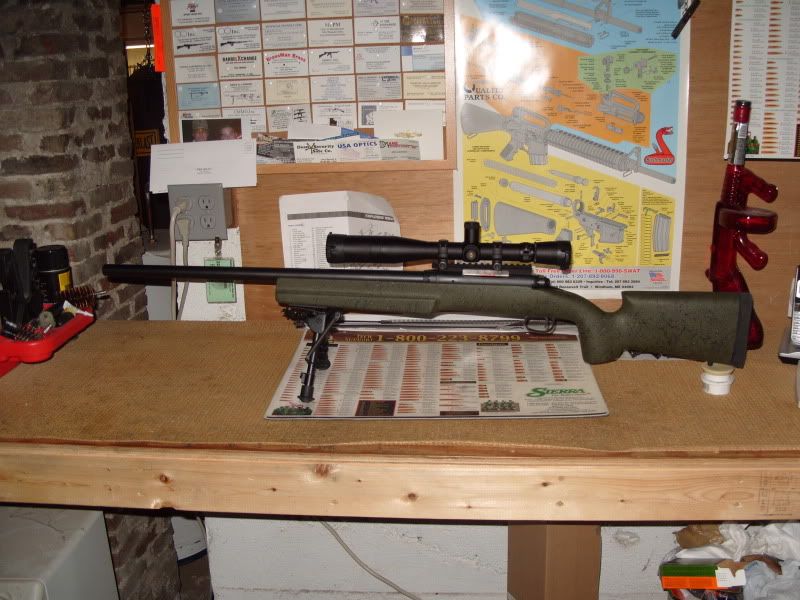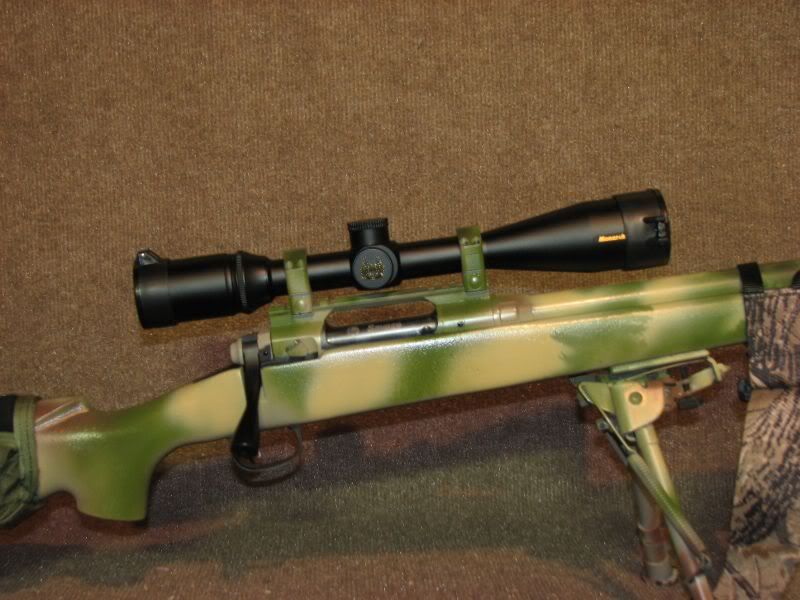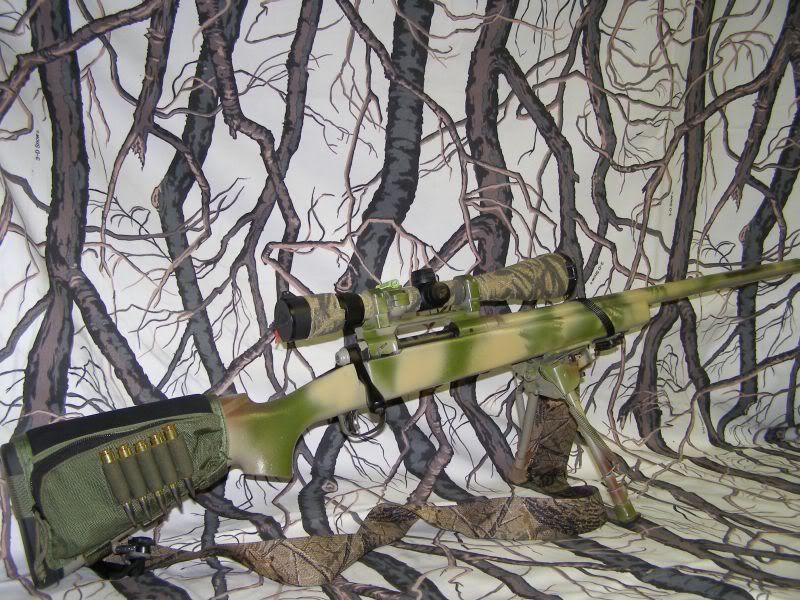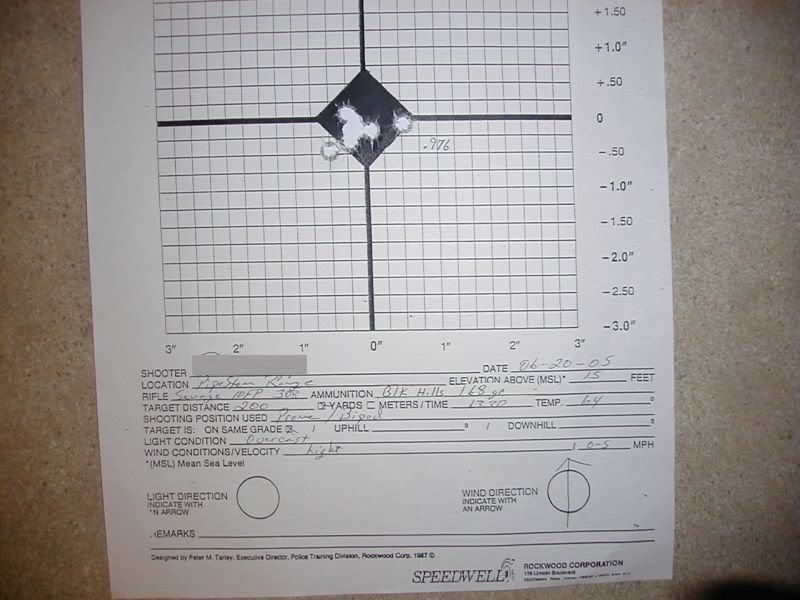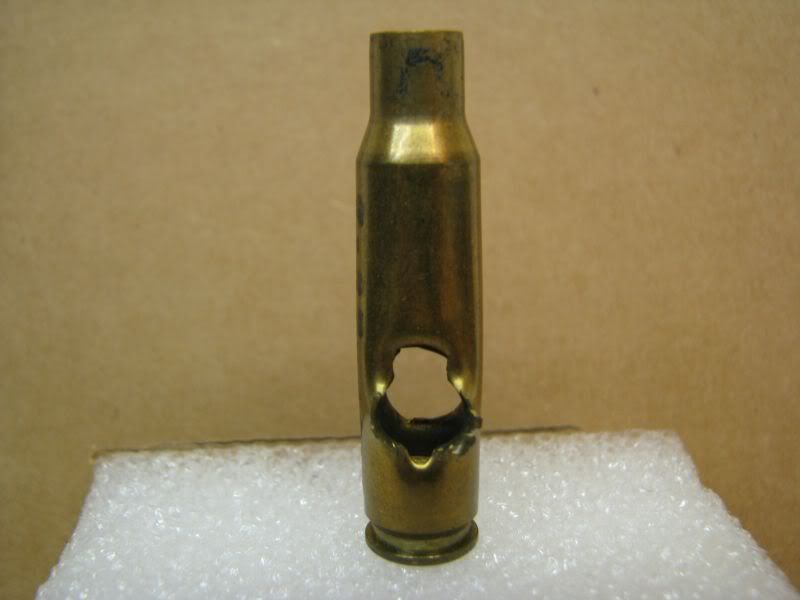Re: Is a Savage Worth the time to customize
This is from Brownell's tech department.
Rebarreling Your Savage Rifle
By Mark Hudson
This month we’re going to show you how to re-barrel a Savage Model 110 bolt action rifle; one of the easier rifles to re-barrel. The techniques apply to the entire 110 series. All you need is a Barrel Vise (available with either steel or aluminum bushings) with the appropriate bushing for the barrel diameter that you are removing, and a Barrel Nut Wrench. By the way, this wrench works on both the old, round notch and new, square notch barrel nuts.
On the average bolt rifle, you establish correct headspace by lathe-turning the shoulder on the barrel. However, with the Savage, all you have to do is remove the firing pin and ejector from the bolt, insert a GO Headspace Gauge into the chamber, screw the barrel into the receiver until the gauge bumps up tight against the bolt face, tighten the barrel lock nut and you have a barrel that is set up to minimum headspace. Let’s go through the steps, one by one.
First, completely disassemble the rifle, remove the bolt from the action, remove the stock, and, if you have a scope, remove it, too. You can leave the bases on; they shouldn’t get in the way. Completely disassemble the bolt; make sure you remember how it came apart so you can reassemble it later.
Here’s a quick rundown on how to take the bolt apart. Start by removing the rear bolt plug. Depending on the age of your rifle, it will be a large, standard screw slot, on later models it will be an Allen head. Remove the bolt handle, remove the baffle assembly, pull out the cocking piece pin, and remove the cocking piece sleeve followed by the firing pin assembly. Now, pull the bolt head off the front of the bolt. Remember how the washer comes off so you can replace it the same way. Next, remove the front baffle. Remove the ejector so when you are setting your headspace you don’t feel the tension that it adds against the gauge.
You’re now ready to remove your old barrel. Slide the Barrel Nut Wrench down the barrel and onto the barrel nut. Clamp the barrel in your barrel vise and loosen the barrel nut with the barrel nut wrench. If your gun is old or rusted you may want to put some Kroil on the joint at the receiver and the joint between the barrel and barrel nut.
Reassemble your bolt without the firing pin or the ejector installed. Slip the headspace gauge into the bolt face and let the extractor hold it in place. Slide the bolt into the receiver and let the bolt handle fall into the loaded position. Screw the barrel nut all the way onto the barrel, followed by the recoil lug.
Next, start the barrel into the receiver and tighten it down until it just “bumps” against the gauge. Check the recoil lug to make sure it’s locating protrusion is in the recess in the action. Work the bolt handle. You should feel a little resistance at the very bottom of the bolt stroke. If the bolt is tight all the way, unscrew the barrel slightly. If there isn’t any resistance at the bottom of the stroke, tighten the barrel a whisker. When you get that slight resistance, your headspace is correctly set at the minimum.
Clamp the barrel back in the barrel vise. Tighten the barrel nut against your lug and receiver. Use a pretty fair amount of force turning the nut. Remember, you are bringing together four different pieces of steel. I like to snug it tight by hand, then whack it a good one with a rawhide mallet to put the final "oomph" on it.
Double check the headspace by making sure the bolt will close on the go gauge, this time without resistance. Put a piece of .001” or .002” shim stock between the bolt face and headspace gauge and again attempt to close the bolt. You should feel resistance or it may not close at all. That tells you that all is well in the headspace department.
After you re-assemble the bolt with all the parts, reassemble the rifle and scope, you’re ready to head to the range with the rifle you just re-barreled yourself.
---
and:
http://www.varminter.com/particles/poorman2.htm
__________________

